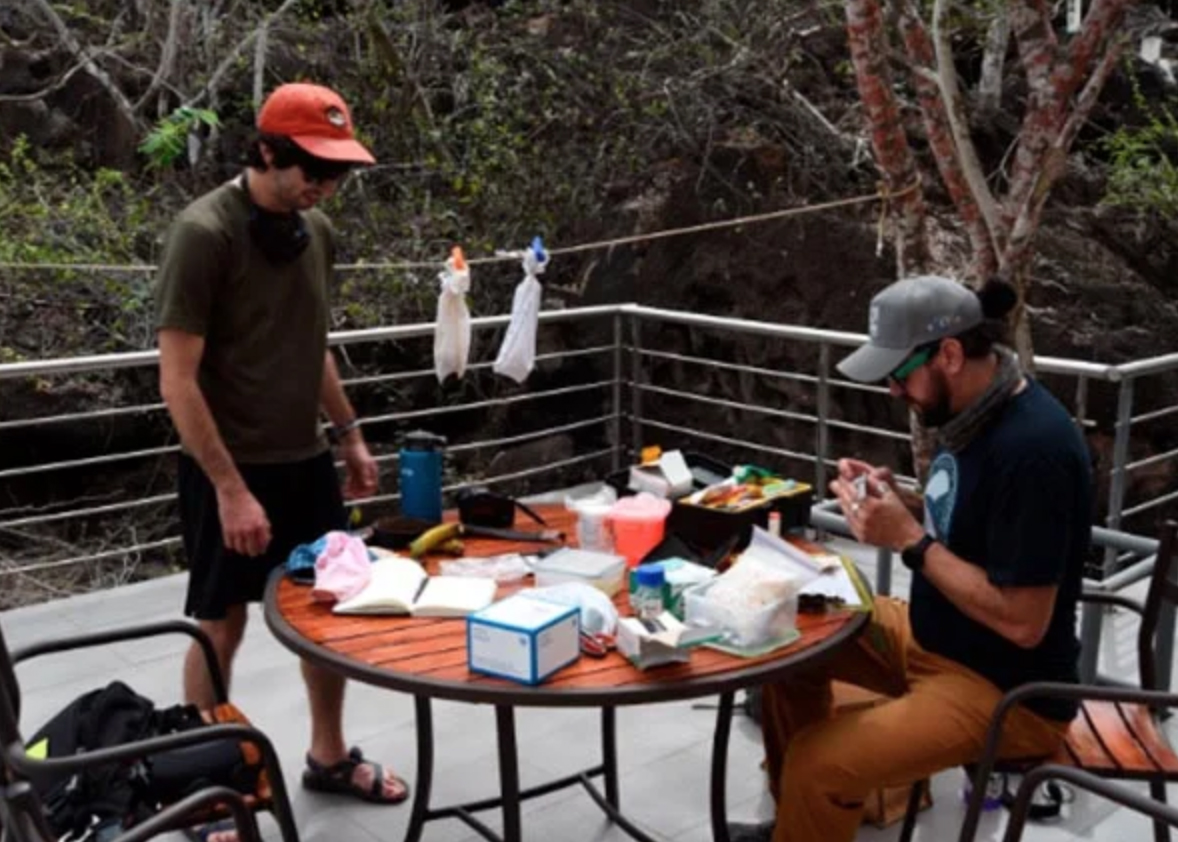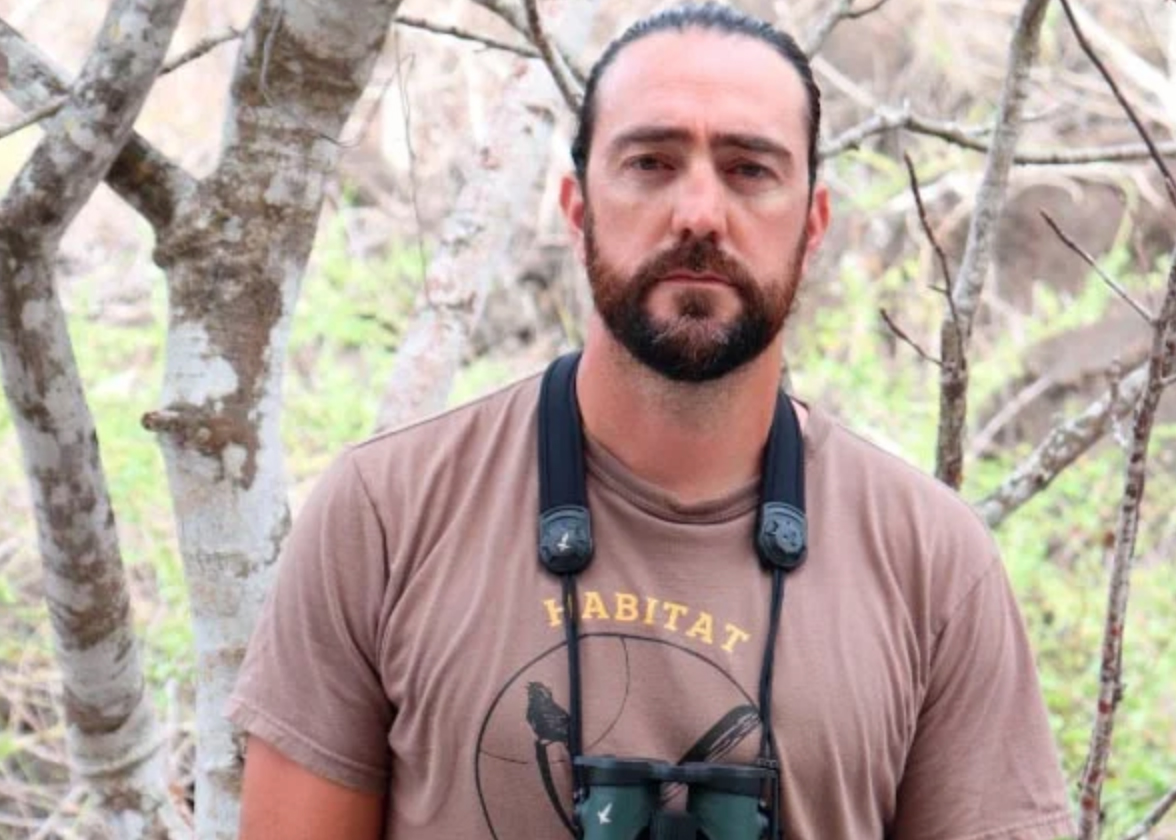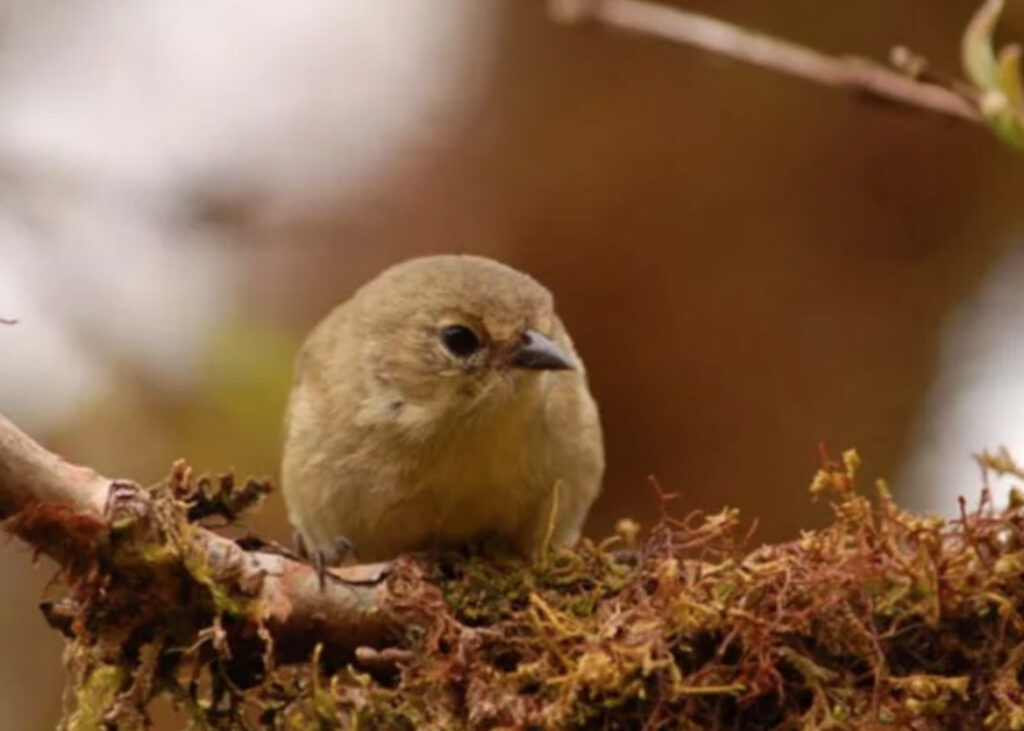Genetic research is generating a great step forward in understanding the DNA of species. Jaime Chaves, a researcher at the Galapagos Science Center, recently conducted a study that confirmed that the genetic makeup of finches changes when they move from one habitat to another.
Jaime’s research focuses on the processes of evolution and adaptation of species from a genetic point of view.
Jaime explained,“My research projects generally have to do with groups of birds, and in particular with Darwin finches or Galapagos finches. The interesting thing about this group is that much is known about them because it is an example of adaptive radiation, that is, the common ancestors of birds arrived in the Galapagos and found different habitats and adapted to each one of them. Their beak has been changing, mostly in response to the different food sources that exist on the different islands. And this is the process of creating new species in response to the environment.”
From Jaime’s genetic research, it is possible to understand the formation of new species and how they evolve to adapt to their environment, which has been changing as human beings have been occupying the same spaces.

Jaime added, “One of the things we are finding is this specialization of certain beaks in different species to a type of seed that causes the difference between populations to be erased because the selection is no longer as strong because the finches are eating more seeds that we humans have introduced. So, in a certain way, we are relaxing the processes of natural selection and instead of having different species, we are homogenizing the species, and we are losing diversity in that sense.”
Jaime’s line of research focuses on the observation of changes in the finches, whether short or long term, if they are maintained in time and space, in order to find certain correlations with genetic markers. His studies also show how the DNA is changing in the face of the modifications that the human being imposes on the environment.

Jaime’s research is also part of the Barcode (Galapagos Genetic Code) project, which consists of a genetic study of the species that are present in the Galapagos with the aim of using that genetic information and making a precise identification of the species through the genetic code.
Jaime added, “Our idea is to generate this library so that it is open to the public and that it will have a lot of uses, for example for the Galapagos Biosafety and Control Agency, allowing its officials to access it and constantly monitor the species that enter Galapagos, which sometimes we do not know what they are.”
Genetic research is generating a rapid identification, recording the origin of the species, the type, and it’s eating and reproductive habits.
For Jaime, the support of the Galapagos Science Center has been essential for his research, since he has found an indispensable ally that allows him to dedicate himself specifically to collecting data, studying, and contrasting them.
Genetic research is teamwork that allows the advancement of what we know and do not know about the species that inhabit the Galapagos Islands. This data helps decision-making for the protection of ecosystems and their biodiversity. When we know the species in depth, we can be aware of the impact we generate and act in favor of caring for the planet.







